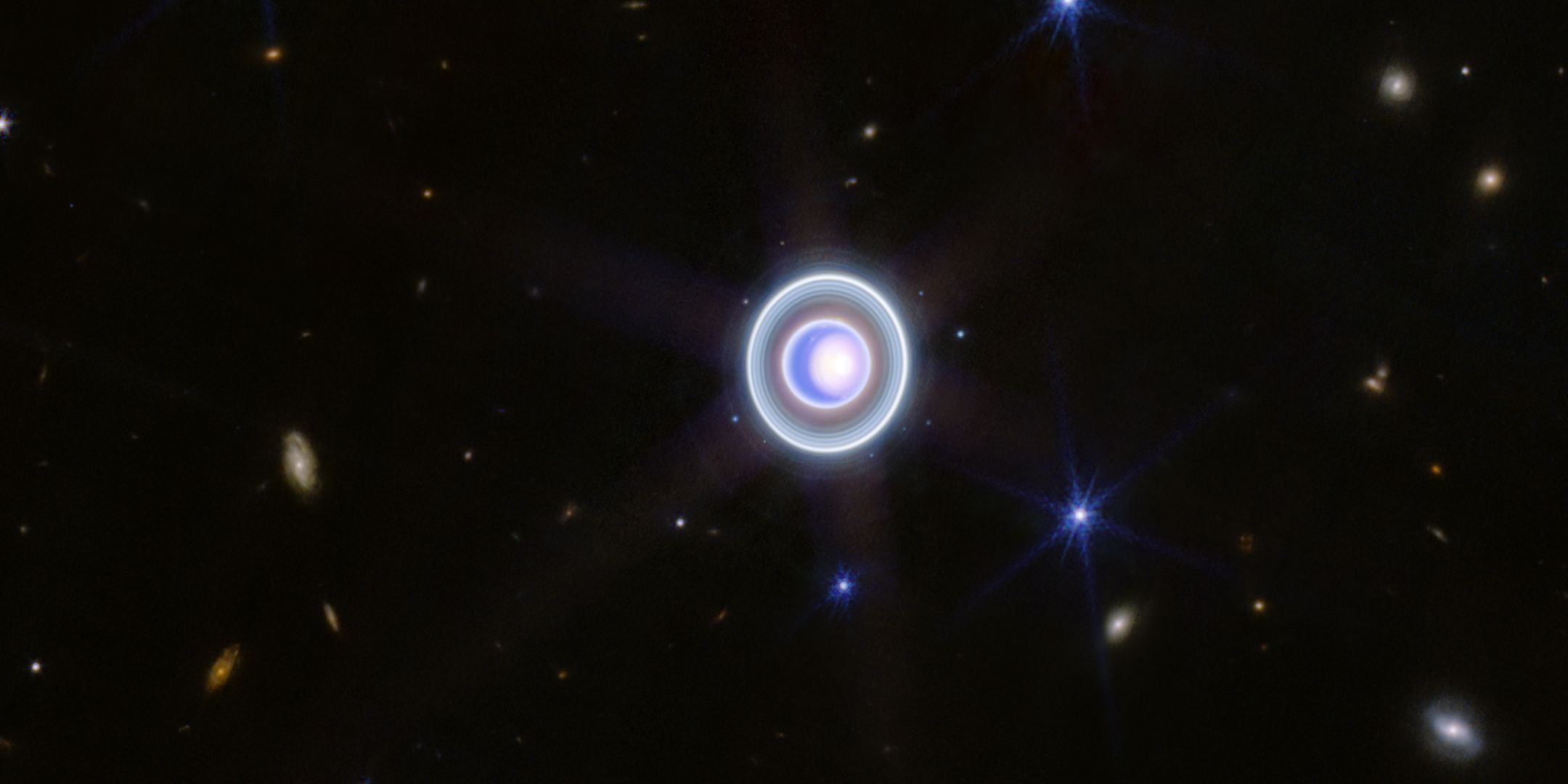Look to the western horizon to catch a fleeting glimpse of the thin crescent moon alongside the red glow of Mars on Aug. 26, set among the stars of the constellation Virgo. Mars will sit less than 10 degrees above the horizon at sunset, with the 11 %-lit waxing crescent moon hanging less than 6 degrees to its lower left. …
Read More »Tag Archives: moon
Moon phase today explained: What the moon will look like on August 25, 2025
For the next few nights, the moon will be getting brighter and brighter until we reach the full moon. We’re on day two of the lunar cycle, a series of eight unique phases of the moon’s visibility. The whole cycle takes about 29.5 days, according to NASA, and these different phases happen as the Sun lights up different parts of …
Read More »Just when you thought things couldn’t get weirder – a rare black moon is rising this weekend – AOL.com
Just when you thought things couldn’t get weirder – a rare black moon is rising this weekend AOL.com What’s a black moon? Here’s what to expect this weekend CNN ‘Blood moon’ 2025: Will the Sept. 7 total lunar eclipse be visible from North America? Live Science There will be a ‘Black Moon’ this weekend in Portland. What does that mean? KGW What is a …
Read More »NASA’s Webb Telescope Discovers New Hidden Uranus Moon, Astronomer Explains Its Significance
Astronomers using NASA’s James Webb Space Telescope have discovered a tiny new moon orbiting Uranus, a rare discovery that expands Uranus’ total known moons to 29, and the first inner one found in nearly 40 years. Provisionally named S/2025 U1, the hidden moon was first detected on February 2, 2025, and at just 10 kilometers (six miles) wide it is …
Read More »Moon phase today explained: What the moon will look like on August 24, 2025
The moon is starting to make a reappearance as we enter a new phase of the lunar cycle. The lunar cycle is a series of eight unique phases of the moon’s visibility. The whole cycle takes about 29.5 days, according to NASA, and these different phases happen as the Sun lights up different parts of the moon whilst it orbits …
Read More »A Physicist Wants to Turn Jupiter’s Largest Moon Into a Gigantic Dark Matter Detector
When searching for the unknown, classic physics wisdom holds that a bigger detector boosts the chances of discovery. A physicist is taking that advice to heart, advancing a bold plan to use none other than Ganymede—Jupiter’s largest moon—as a dark matter detector on an astronomical scale. Dark matter refers to the “invisible” mass that supposedly constitutes 85% of the universe. …
Read More »NASA Shares Final Contenders for Artemis II Moon Mascot Design Contest
Lee esta historia en español aquí. NASA is down to 25 finalists for the Artemis II zero gravity indicator set to fly with the mission’s crew around the Moon and back next year. Astronauts Reid Wiseman, Victor Glover, and Christina Koch of NASA, and CSA (Canadian Space Agency) astronaut Jeremy Hansen will soon select one of the finalist designs to …
Read More »Moon phase today explained: What the moon will look like on August 23, 2025
The moon is out of sight tonight, which can only mean we’re on day zero of the lunar cycle. The lunar cycle is a series of eight unique phases of the moon’s visibility. The whole cycle takes about 29.5 days, according to NASA, and these different phases happen as the Sun lights up different parts of the moon whilst it …
Read More »Rare ‘Black Moon’ means extra-dark sky for viewing Perseid meteor shower tonight
This rare lunar occurrence is coming at the perfect time. The seasonal “Black Moon” will appear – or rather, not appear – tonight, during one of the final nights of the Perseid meteor shower, according to timeanddate.com. RELATED: Top tips for seeing this summer’s best meteor shower A seasonal “Black Moon” occurs once every 33 months. It’s the third new …
Read More »Why Saturday’s ‘Black Moon’ Sets Up A ‘Blood Moon’ And Three Solar Eclipses
Topline The new moon on Saturday, Aug. 23, will pass unseen. Lost in the sun’s glare, it will get closest to our star — from Earth’s point of view — at precisely 2:06 a.m. EDT. Lost in the sun’s glare, its absence from the night sky signals the end of one orbit of the Earth by the moon, and the …
Read More »







